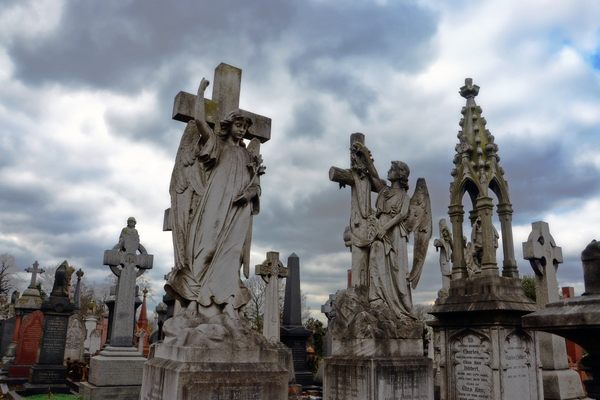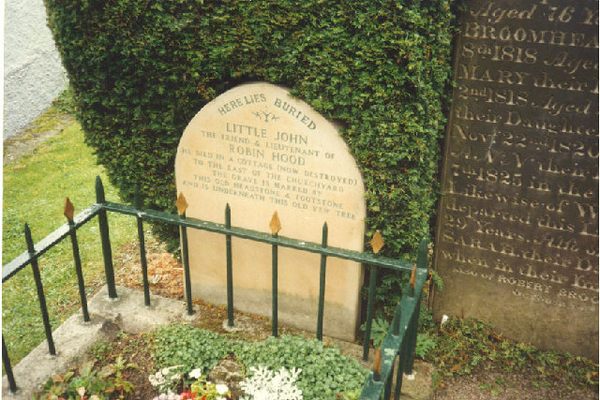About
The Toraja are an ethnic group indigenous to South Sulawesi, Indonesia. Dutch colonizers Christianized them in the early 1900s, but their culture has continued to revolve heavily around the celebration of death, and they have some of the most complex and unique funeral practices in the world.
When a loved one dies, their body is often kept in the family’s home for months—sometimes years—before eventually being buried in graves carved into the sides of the caves or hung from the outside on cliffs. The corpses are periodically removed to perform the Ma'nene ceremony, where the corpses are cleaned, redressed, and exhibited in the village before being reinterred with things they will need in the afterlife: clothes, cigarettes, and money.
The funeral ceremony itself, known as Rambu Solo, is a multi-day affair filled with mourning, traditional dance, cock fights, and ritual animal sacrifice, followed by a huge feast. The higher the deceased's status in society, the more extravagant and lengthy the ceremony.
There are multiple cave burial sites that can be visited in Tana Toraja, but the most accessible to visitors is Londa. Locals rent lanterns at the entrances, and for an extra fee, will guide you through the tunnels, speaking about the residents.
Related Tags
Know Before You Go
Above coordinates are for the Londa burial caves, located in the village of Sandan Uai, in the Sanggalangi District. It is about 7 km south of Rantepao City, the tourism centre in Toraja.
Rambu Solo Ceremonies are carried out after the rice harvest in around August to September each year and the Ma'Nene celebrations typically occur in August. Time your visit in these months to have the highest chance of witnessing this cultural phenomenon.
Published
October 12, 2017
































